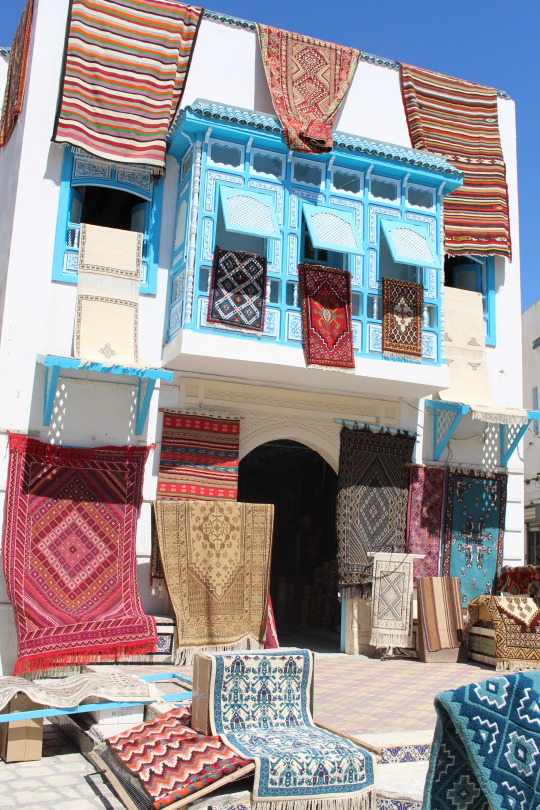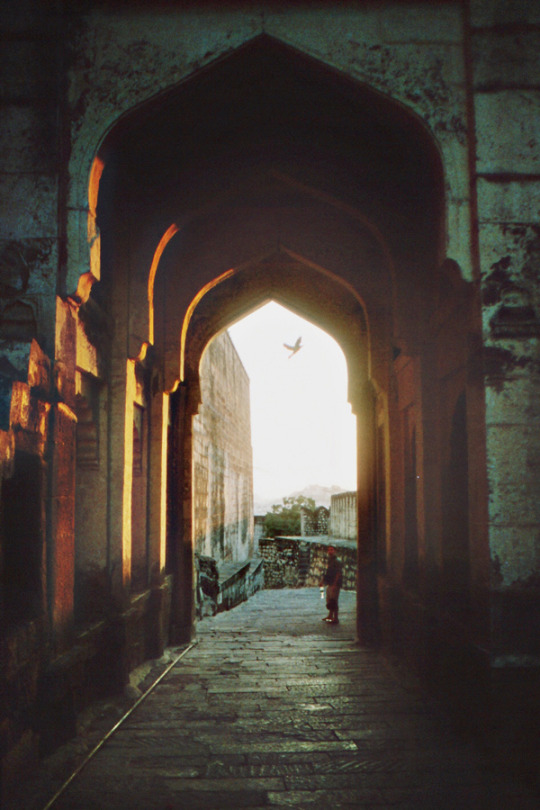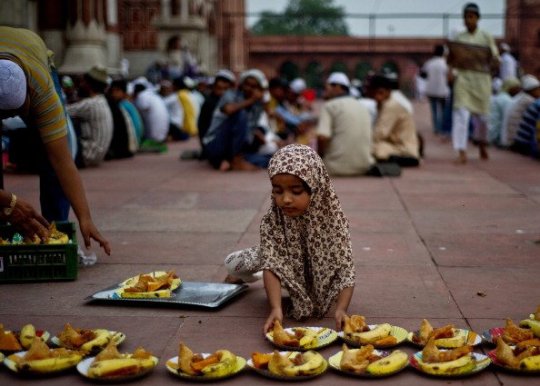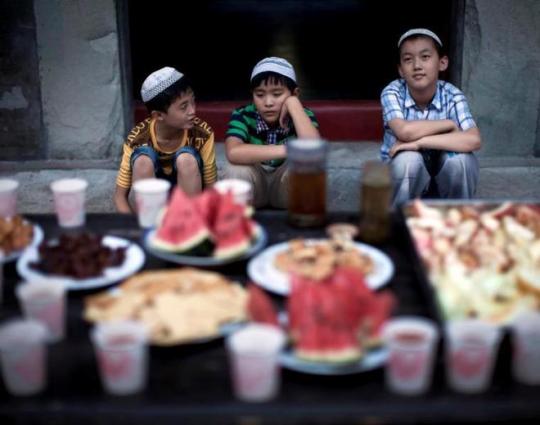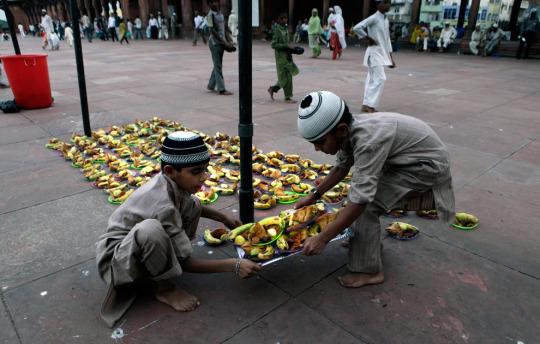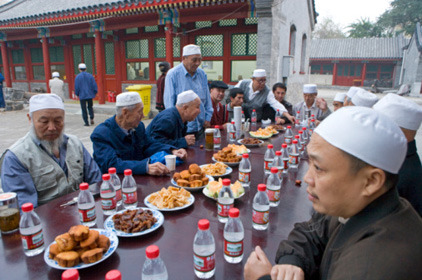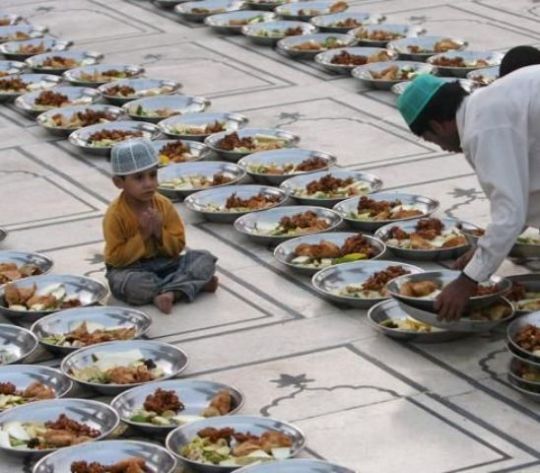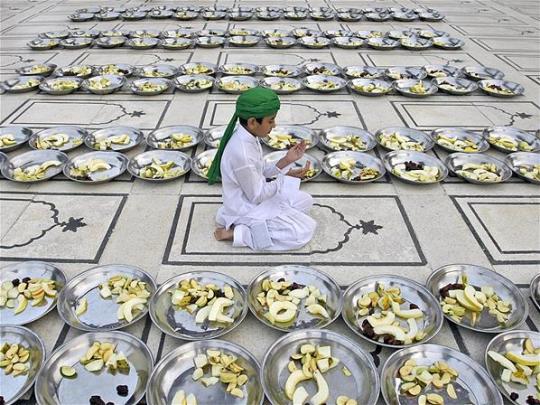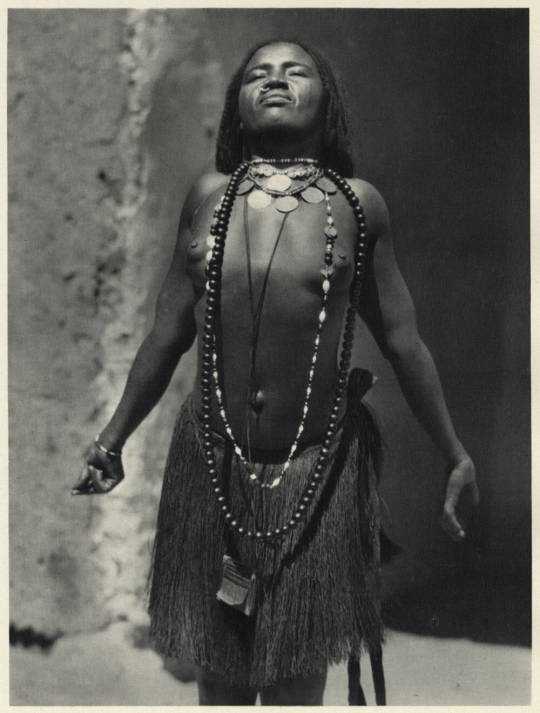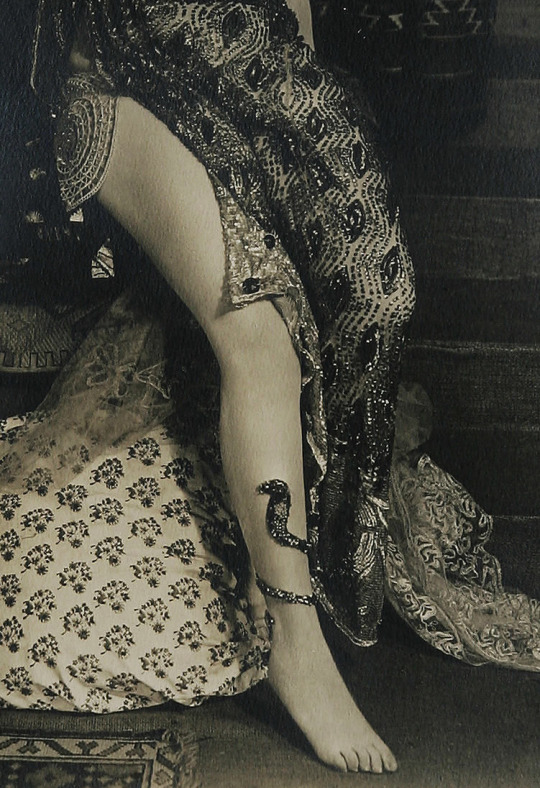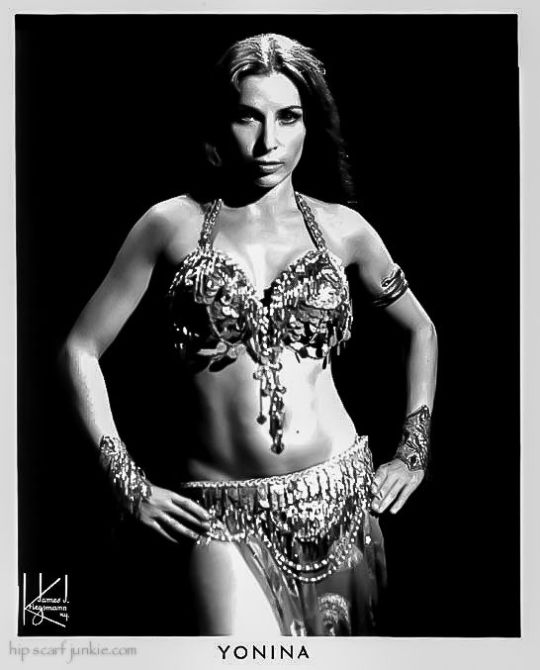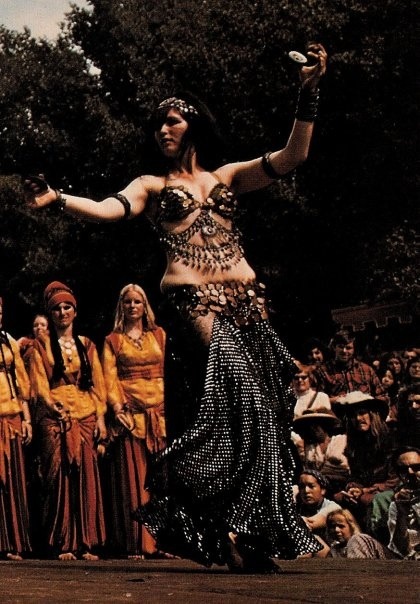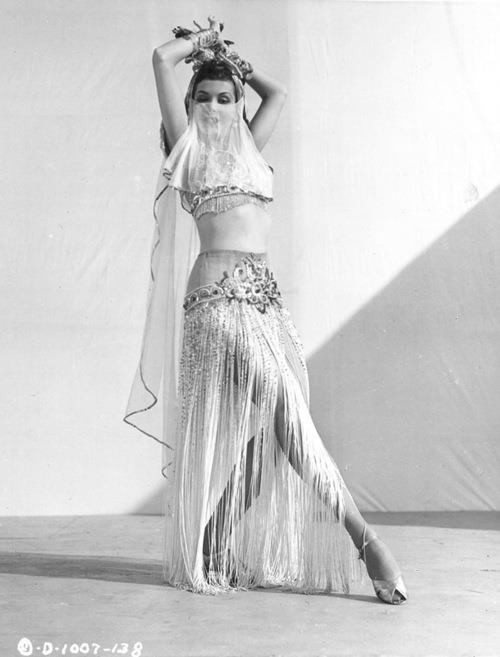Photo

An Ouled Nail woman in Algeria wears a tattoo that is customary for dancers, 1949. Photograph by Maynard Owen Williams, National Geographic Creative
16K notes
·
View notes
Photo
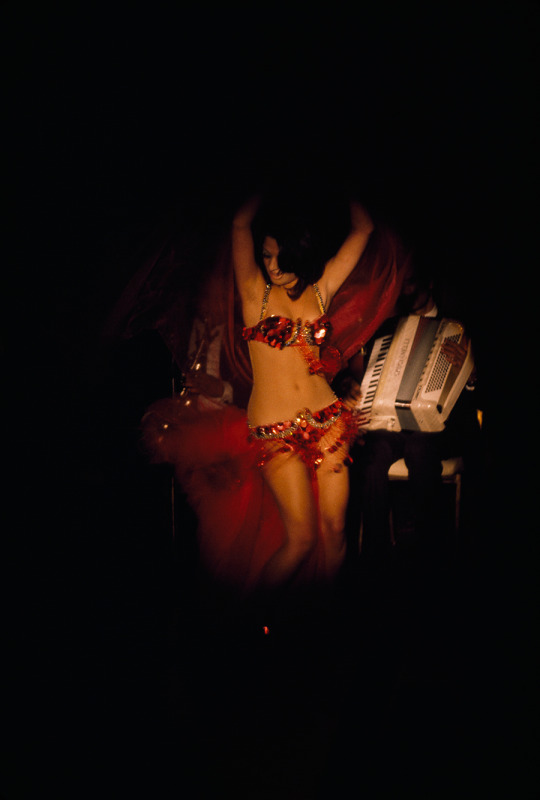
An Egyptian belly dancer performs for tourists in a nightclub in Cairo, 1972. Photograph by Winfield Parks, National Geographic Creative
10K notes
·
View notes
Photo


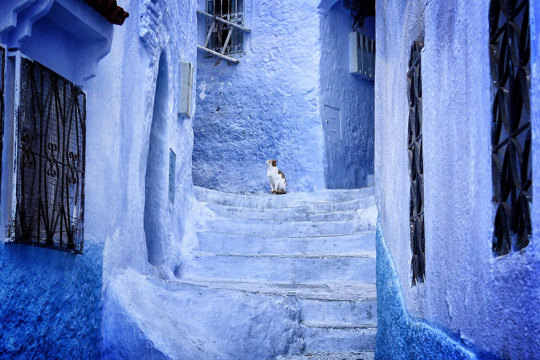


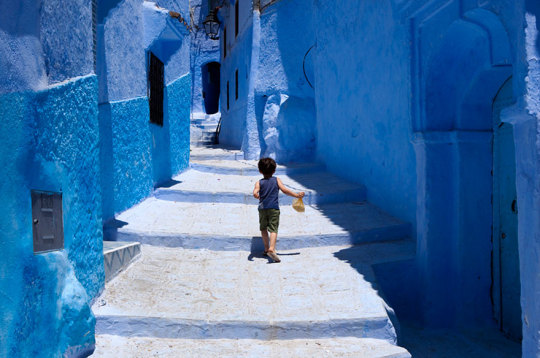
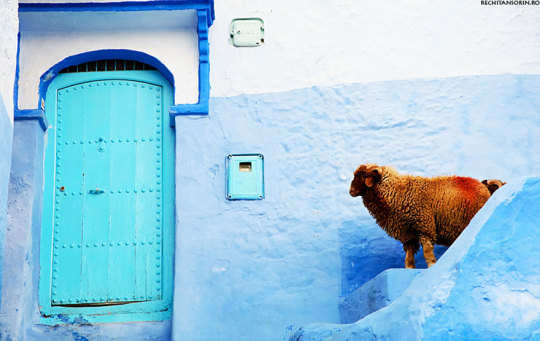

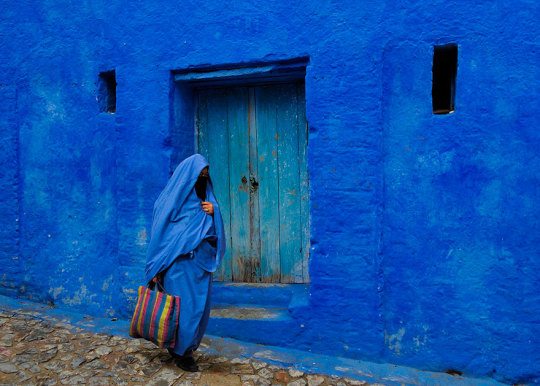

Chefchaouen, a small town in northern Morocco, has a rich history, beautiful natural surroundings and wonderful architecture, but what it’s most famous for are the striking and vivid blue walls of many of the buildings in its “old town” sector, or medina.
The maze-like medina sector, like those of most of the other towns in the area, features white-washed buildings with a fusion of Spanish and Moorish architecture. The brilliantly blue walls, however, seem to be unique to Chefchaouen. They are said to have been introduced to the town by Jewish refugees in 1930, who considered blue to symbolize the sky and heaven. The color caught on, and now many also believe that the blue walls serve to repel mosquitoes as well (mosquitoes dislike clear and moving water).
Whatever the reason, the town’s blue walls attract visitors who love to wander the town’s narrow streets and snap some beautiful photos.
101K notes
·
View notes
Photo
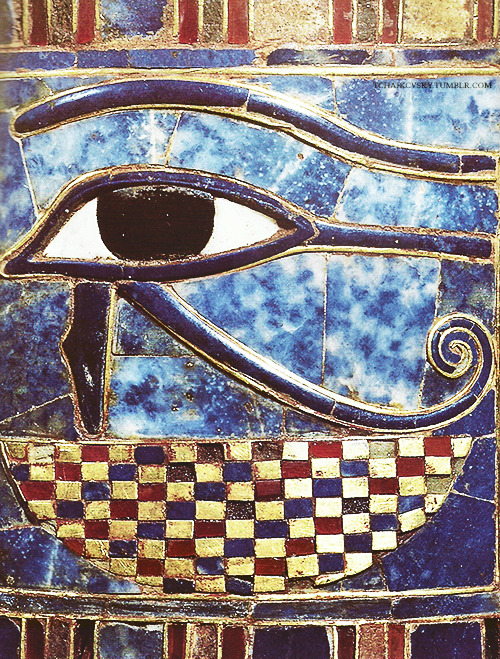
☥ The Eye of Horus, detail of a bracelet from the tomb of pharaoh Sheshonq II.
Gold, lapis lazuli, cornelian and faience.
22nd Dynasty, c. 930 BCE
Egyptian Museum, Cairo
© Henri Stierlin, Geneva
52 notes
·
View notes
Video
youtube
Bellydance Superstars - Bollywood
0 notes
